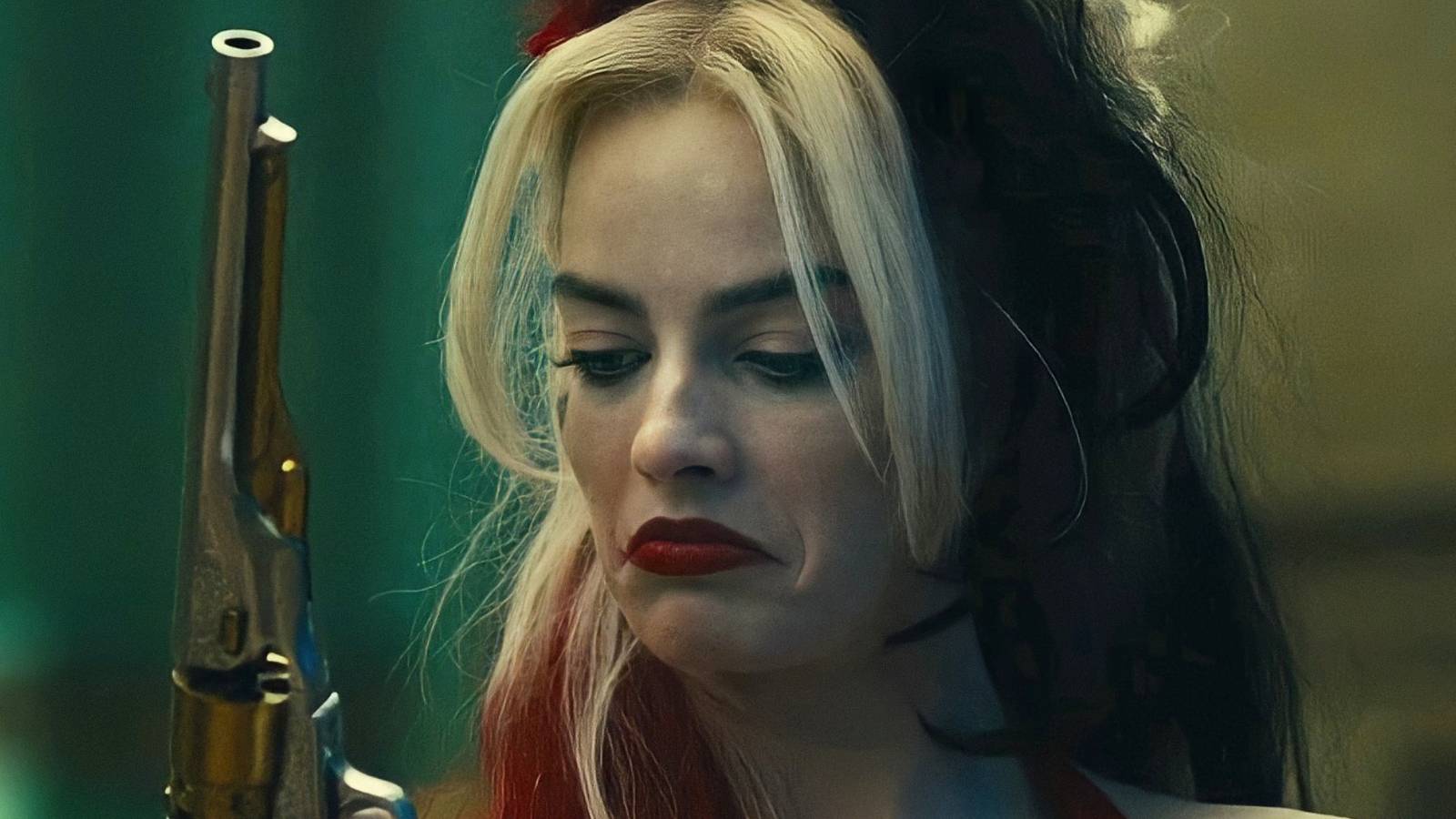I’ve always been more drawn to DC’s morally gray or outright morally black characters; I can’t resist a great villain. In recent comics, though, there’s been a concerning trend of DC rehabilitating iconic villains, turning them into heroes or anti-heroes. I miss when my favorite baddies were unapologetically bad, and in my opinion, these redemption arcs have weakened some of DC’s best characters.
This list examines seven characters who, at various points, have lost the edge that once made them iconic villains. Each has undergone a significant character arc that softened or reshaped their villainous identity. Their current placement on the hero-villain spectrum may vary, as DC’s stories are always in flux and subject to reinterpretation.
7
Poison Ivy: Gotham’s Deadly Rose Has Lost Her Thorns
First Appearance: Batman #181 (1966)
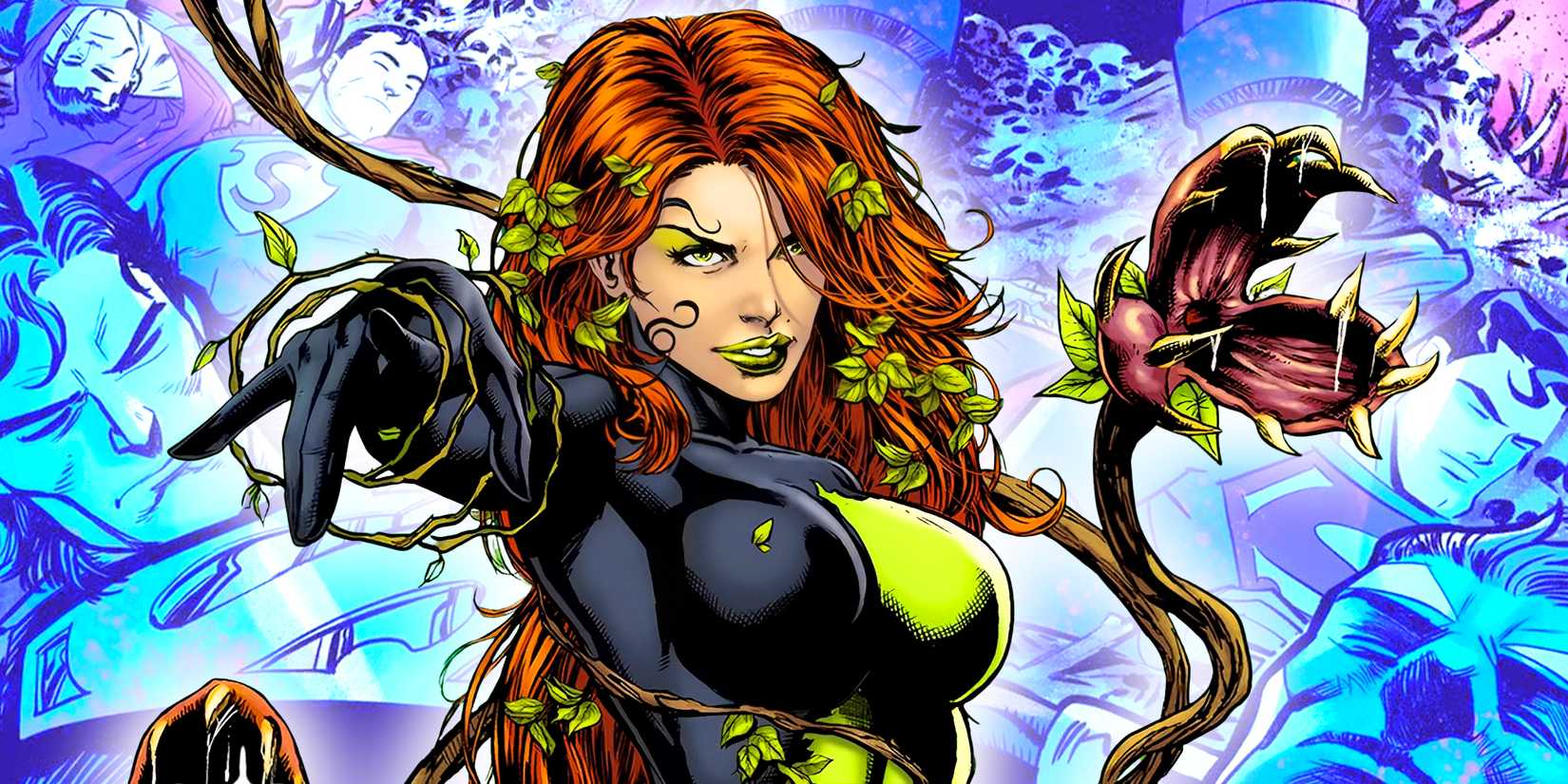
Custom Image by Ana Nieves
In recent years, Poison Ivy has evolved from a morally black plant-themed eco-terrorist into an anti-heroine, who now shows sympathy toward humans. This transformation has unfolded gradually across titles such as Gotham City Sirens and G. Willow Wilson’s ongoing Poison Ivy. Wilson’s Poison Ivy/Swamp Thing: Feral Trees #1 especially highlights this shift, emphasizing Ivy’s more heroic tendencies.
While some fans welcome the added complexity, this shift ultimately diminishes what made Poison Ivy iconic. Her ruthlessness, cunning, and single-minded devotion to her cause defined her as one of comics’ greatest female villains. Softening those traits in favor of something that edges the line of heroism strips away the tension and danger that made her uniquely compelling.
6
Lex Luthor: From Ego-Maniac to Rising Hero
First Appearance: Action Comics #23 (1940)
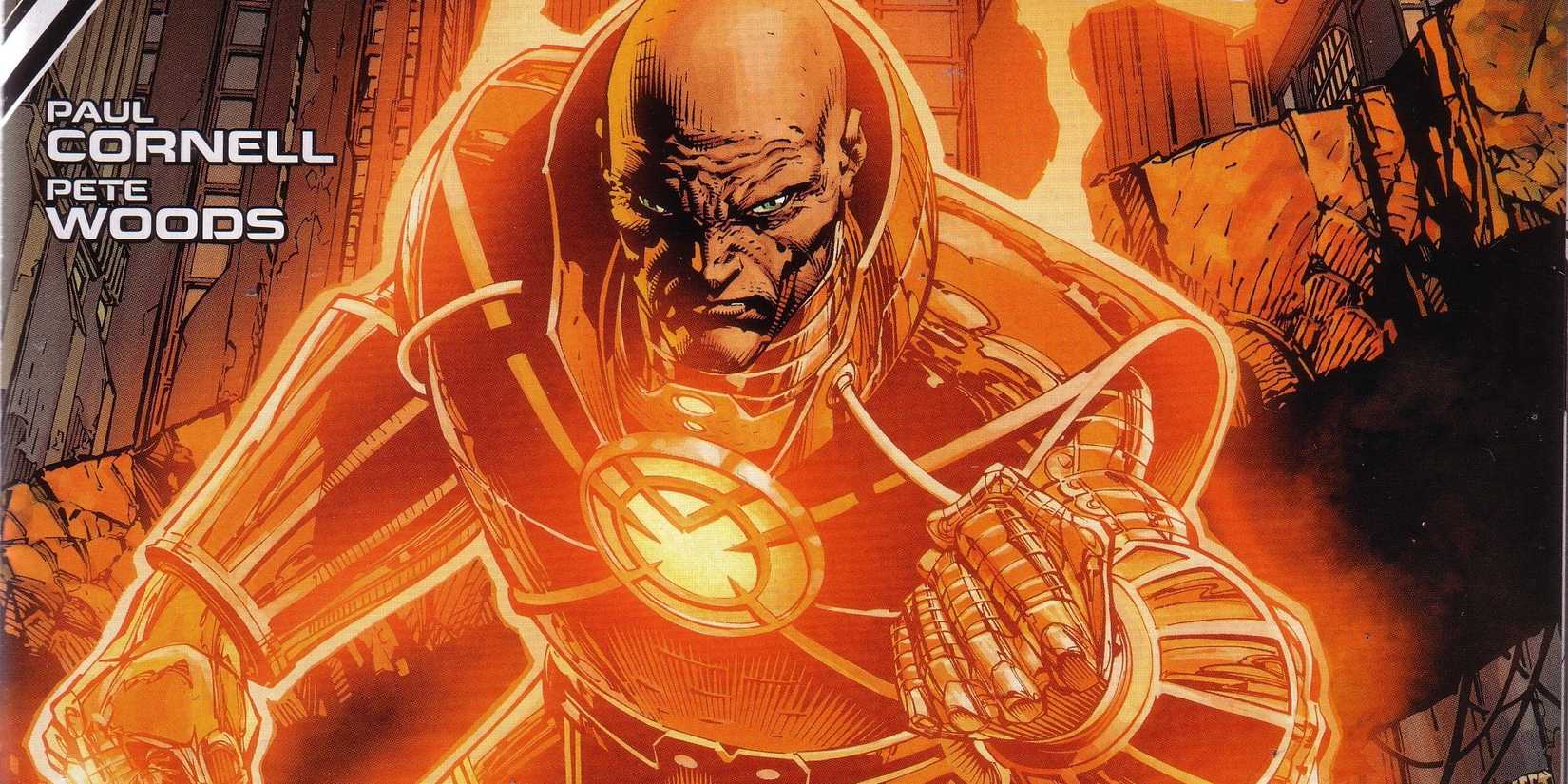
Lex Luthor as an Orange Lantern on the cover of Superman: the Black Ring
Lex Luthor is arguably Superman’s most iconic foe, the perfect foil to the Man of Steel where brawn meets brain. In Joshua Williams’ ongoing Superman run, however, fans explore a surprising side of Luthor, seeing him act more as an ally than a nemesis, revealing a version of the ego-maniac previously unseen.
This shift into heroism stems from Luthor losing his memory, and with it, his scheme-driven hatred for Superman. Though his memory has returned, he has yet to fully reclaim his villainous edge. While fans enjoy this moral exploration, it also feels like a loss, mourning one of Superman’s greatest and most dangerous adversaries.
5
Harley Quinn: The Punchline That’s Forgotten to Hit
First Appearance: 1992 Episode “Joker’s Favor” of Batman: The Animated Series
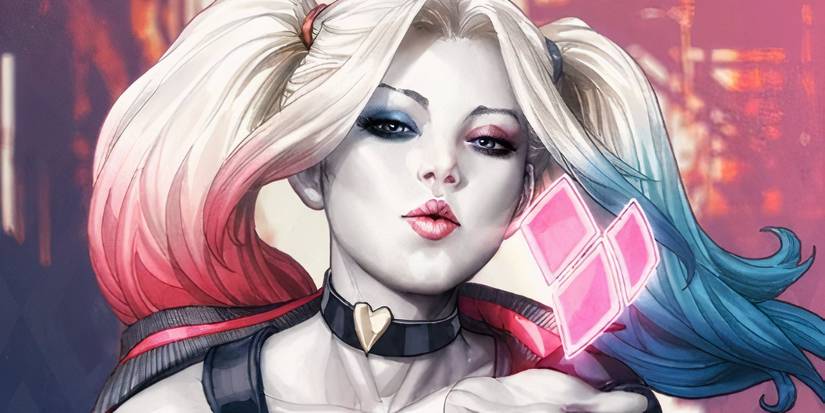
Harley Quinn #1 cover art feature
Fans have watched Harley Quinn undergo a major redemption arc in recent DC narratives, particularly during the New 52 and Rebirth eras. Her break-up with the Joker marked her full transition from villain to anti-hero, and even hero status, with her journey going so far as to make her an honorary member of the Bat-Family.
While seeing Harley escape abuse and find love with Poison Ivy remains one of DC’s most iconic arcs, it didn’t need to rob her of her villainy. With so few truly villainous women left in DC, it feels like a loss. Harley’s reckless, anarchic energy, once her defining trait, has been toned down to the point that she no longer carries the same chaotic and villainous spark.
4
Doomsday: The Monster That Learned Manners
First Appearance: Superman: The Man of Steel #18 (1992)
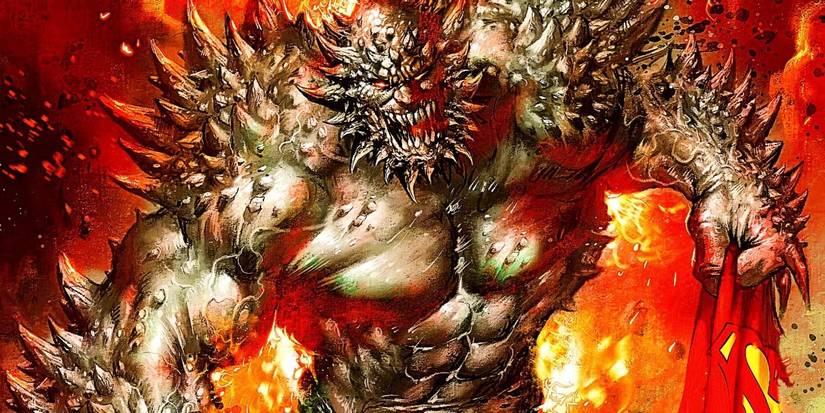
doomsday holding superman’s cape
One of DC’s most shocking villain transformations appears in Joshua Williamson’s ongoing Superman run. Doomsday, once defined by brute force and mindless rage that rivaled Superman’s own strength, has been reimagined as the Time Trapper. Now relatively mild and intellectually focused, he aids DC’s heroes in saving the universe rather than tearing it apart.
While Doomsday can’t yet be called a hero, he is no longer a villain either, as he actively helps DC’s champions in their war against Darkseid. It’s an inventive evolution, but the jury is still out on whether it’s a welcome one, as this reinvention dramatically reshapes fan perception and legacy of one of Superman’s most iconic adversaries.
3
Black Adam: The Lightning That’s Lost Its Strike
First Appearance: The Marvel Family #1 (1945)
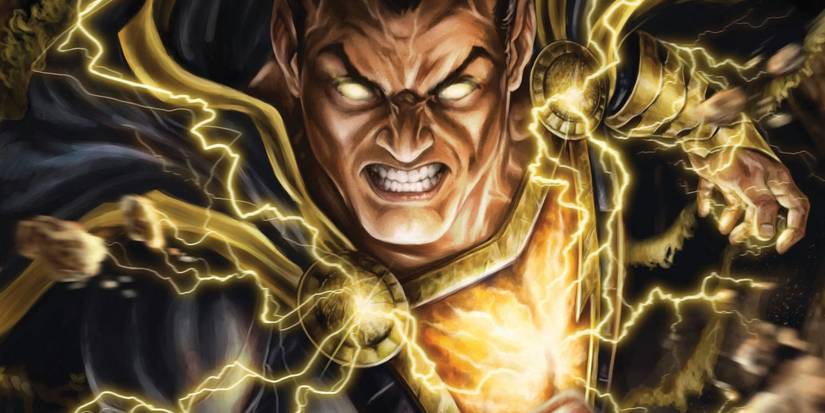
Black Adam 11 Cover DC
Black Adam is one of DC’s most morally rich and complex characters. Originally an antagonist to Shazam, he evolved into an anti-hero and even a hero, officially joining the Justice League during the Infinite Frontier storyline. This reinvention has redefined him in major ways, but it raises the question of whether the change truly benefits the character.
Most fans agree Black Adam works best as a misguided protector of Kahndaq, a unique anti-hero defined by his brutal methods and complicated morality. His Justice League membership and newfound hero status, however, dull that edge. By aligning him too closely with DC’s many straightforward heroes, he risks losing the distinct moral complexity that once set him apart.
2
Killer Frost: An Ice-Cold Threat That Has Thawed
First Appearance: Firestorm: The Nuclear Man (1978)
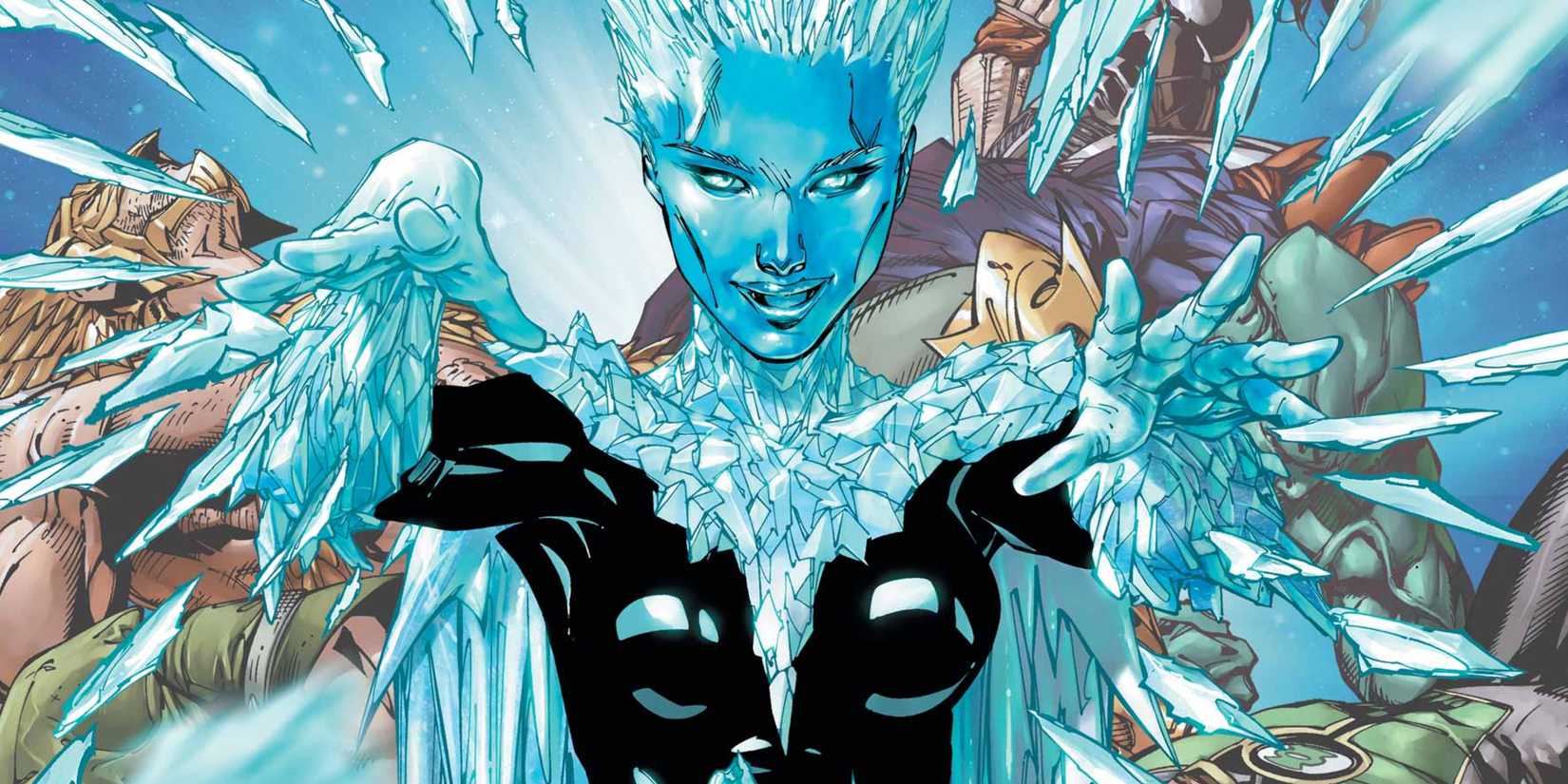
Killer Frost using her powers and smiling in DC Comics.
Killer Frost is another example of DC stripping its few iconic female baddies of villain status. Once a frequent adversary of the Flash, she has now been transitioned into a full-fledged hero, even joining the Justice League. This reinvention has erased her role as a dangerous villain and left her standing among the heroes instead.
Fans recently saw Frost waver in John Layman’s ongoing Titans run, though this was ultimately caused by the manipulations of Psycho-Pirate. As of now, she remains firmly heroic. With DC’s number of true female villains steadily shrinking, however, the publisher may want to consider reinstating her villainous roots to preserve what once made her so compelling.
1
Bizarro: From Chaos in Reverse to Comedic Relief
First Appearance: Superboy #68 (1958)
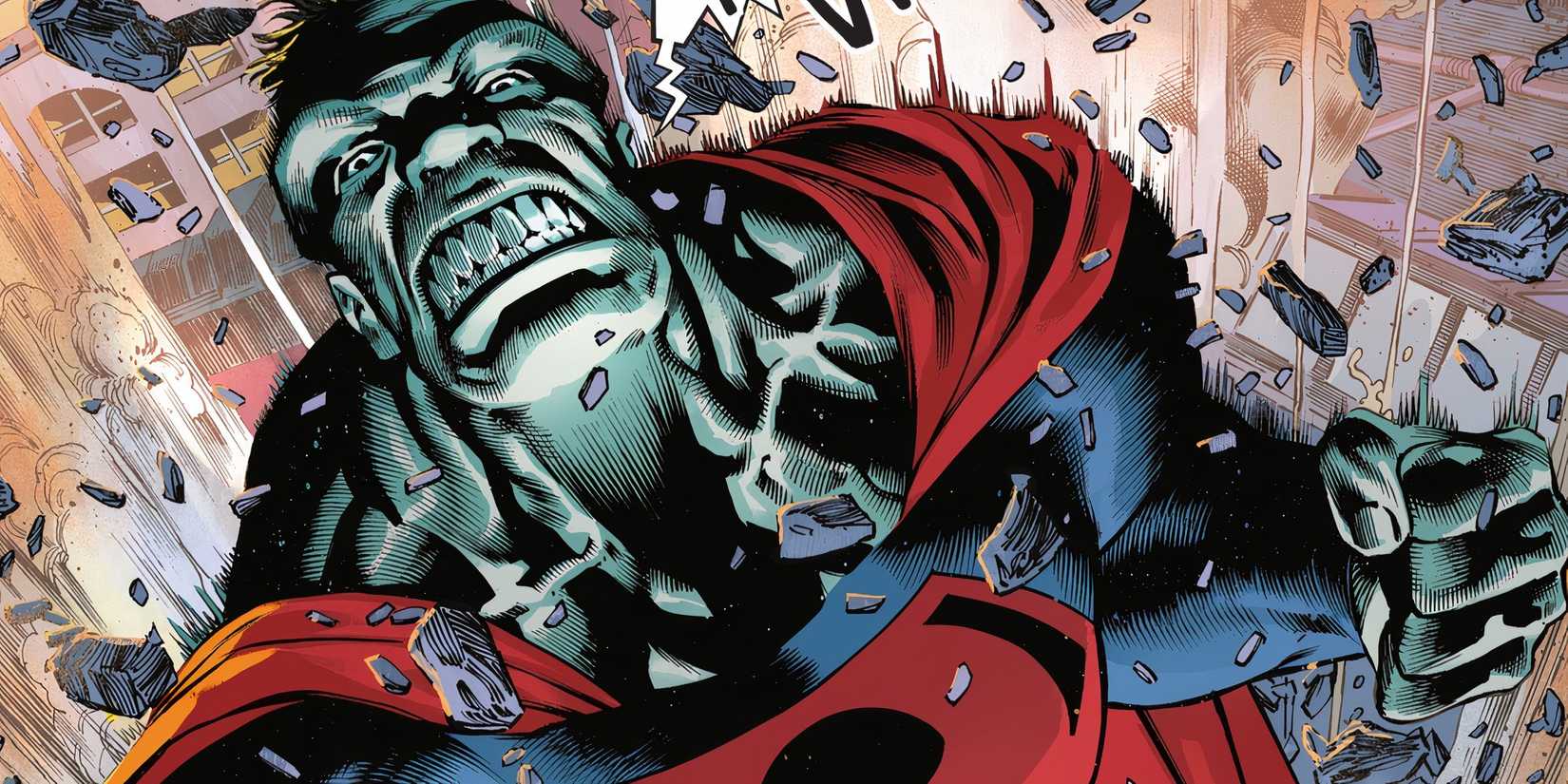
Bizarro Running Wild DC
Bizarro has had a wild history at DC Comics, undergoing drastically different interpretations that shift him between villain and hero status. Originally created as a villain, he is now often portrayed as a tragic, misunderstood anti-hero. Scott Lobdell’s Red Hood run even depicted Bizarro in a distinctly heroic light, further blurring his role in DC’s universe.
To DC’s credit, attempts have been made to reestablish Bizarro as a villain, most notably in the Absolute Power crisis, where he sided with Amanda Waller against the heroes, battling Batman and Catwoman. Yet Lobdell’s Red Hood era remains fresh in fans’ minds, leaving Bizarro remembered less as a fearsome foe and more as another DC villain who lost his edge through a redemption arc.
